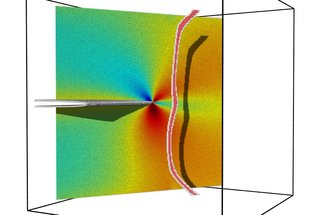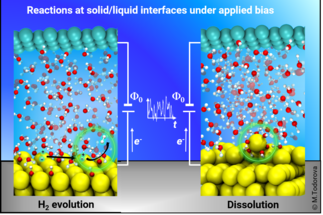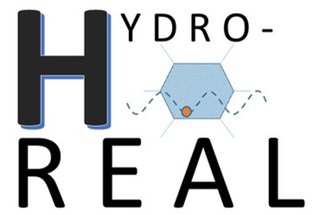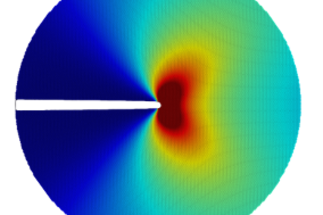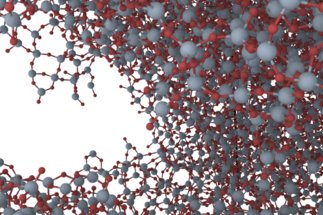Fighting Materials' Failure
Preventing the failure of structures and components is at the heart of materials science. Failure can take different forms, including corrosion, brittle fracture and ductile failure as well as combinations thereof, and strongly depends on the loading regime (e.g., creep, fatigue) and the surrounding media as evidenced e.g., by liquid metal or hydrogen embrittlement. We utilize and combine various methods such as ab initio based modelling (DFT, ab initio MD, ab initio thermodynamics) and semi-empirical as well as machine learning potentials for large-scale atomistic simulation methods (e.g., MD, kMC, NEB) to study the fundamental failure mechanisms at the atomic and microstructure level. The so-gained understanding not only enables a targeted design for improved materials performance and weight reduction, but also contributes to better material models and design guidelines, thereby laying the foundations for a more sustainable use of materials.
This ERC-funded project aims at developing an experimentally validated multiscale modelling framework for the prediction of fracture toughness of metals.
[more]
We apply our novel potentiostat approach to study the chemical reactions that take place during initial corrosion at the water-Mg interface under anodic polarization. Based on the gained insight, we derive an atomistic model that explains the origin of the anodic hydrogen evolution.
[more]
This project addresses the sensitivity of ultra-high strength cold rolled steels to hydrogen embrittlement. It is focussed on the interplay of hydrogen with retained austenite under cyclic loading conditions. The project combines state-of-the-art characterization techniques with test setups that are as close as possible to reality. The underlying mechanisms will additionally be investigated, combining ab initio methods for the hydrogen uptake and release by the austenite with continuum simulations for hydrogen distribution in the microstructure.
[more]
Using simple model atomic interaction potentials, this project investigates how lattice discreteness and heterogeneities lead to deviations from the usual continuum mechanical treatments of cracks and dynamic fracture.
[more]
This project aims at understanding the mechanical properties of glasses on the basis of their structure and the relevant atomic-scale deformation mechanisms.
[more]
Project C3 of the SFB/TR103 investigates high-temperature dislocation-dislocation and dislocation-precipitate interactions in the gamma/gamma-prime microstructure of Ni-base superalloys.
more
Optoelectronic devices allow for the direct conversion of light and electrical energy. The performance of such optoelectronic devices is limited by losses due to non-radiative recombination. We have looked at the solar cell material Cu(In,Ga)Se
2. We identified not only an effective recombination pathway at high Ga contents involving configuration changes of Ga or In anti-sites, but also extended the charge corrections to the computation of configuration coordinate diagrams.
more
